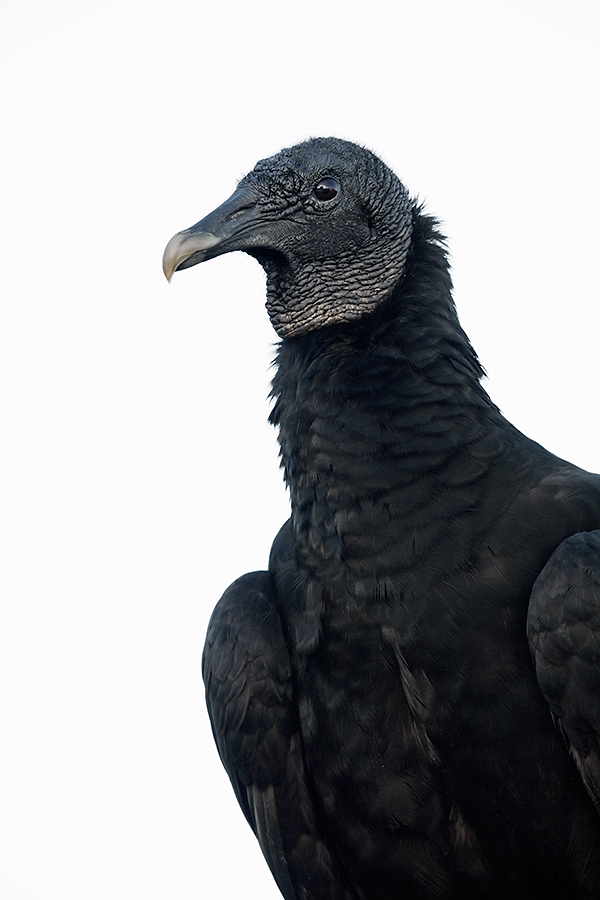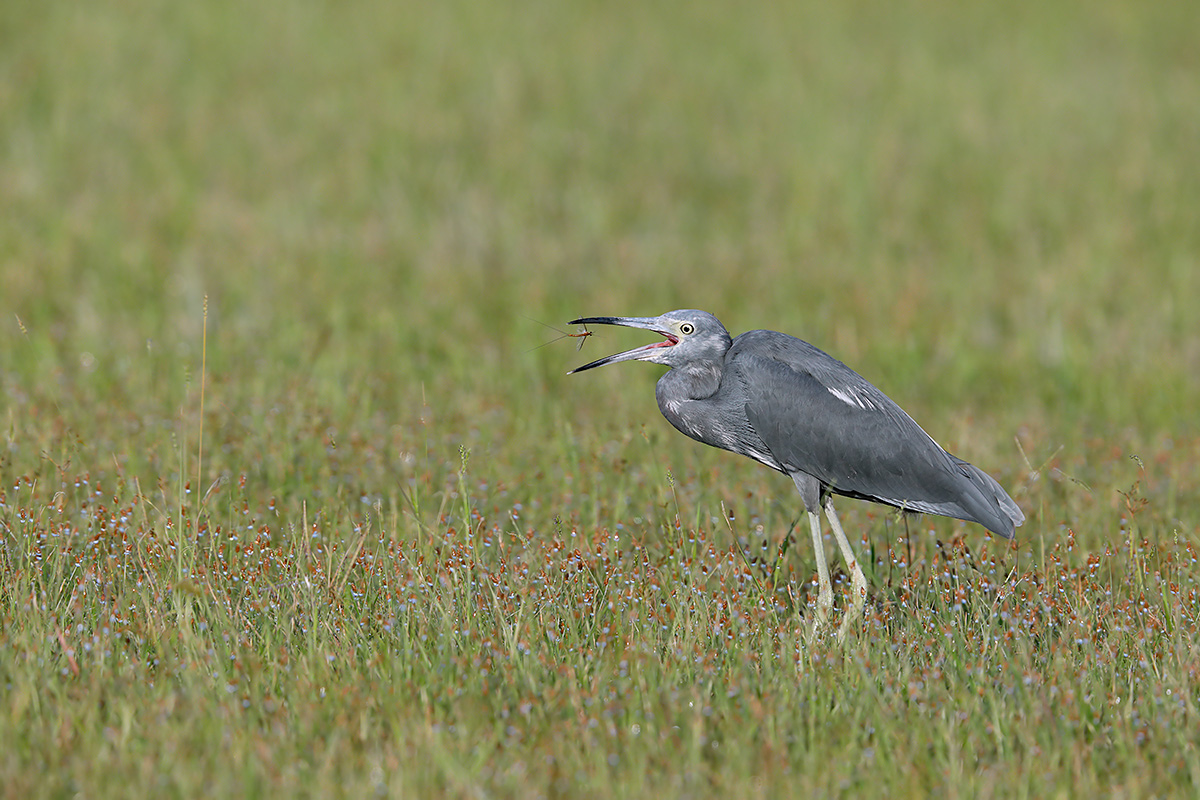What’s Up?
I am somewhere in South America. I hope that you are well. Jim and Jen are at the office most days to help you with your mail order needs and Instructional Photo-Tour sign-ups. I still need folks for San Diego, Japan, Galapagos, the Palouse, and the Bear Boat (Grizzly Cubs) trips. Among others 🙂 Please e-mail for couples and discount info for all of the above. Click here for complete IPT info.
I will have intermittent internet access for the rest of my South American adventure. I get back home late on December 25, 2016. Best and great picture making, artie
Gear Questions and Advice
Too many folks attending IPTs and dozens of the folks whom I see in the field, and on BPN, are–out of ignorance–using the wrong gear, especially when it comes to tripods and more especially, tripod heads… Please know that I am always glad to answer your gear questions via e-mail.
The Streak
Today’s blog post marks a totally insane, irrational, illogical, preposterous, absurd, completely ridiculous, unfathomable, silly, incomprehensible, what’s wrong with this guy?, makes-no-sense, 375 days in a row with a new educational blog post. There should be no end in sight until my big South America trip next fall. Or not… As always-–and folks have been doing a really great job recently–-please remember to use our B&H links for your major gear purchases. For best results use one of our many product-specific links; after clicking on one of those you can continue shopping with all subsequent purchases invisibly tracked to BAA. Your doing so is always greatly appreciated. Please remember: web orders only. And please remember also that if you are shopping for items that we carry in the new BAA Online Store (as noted in red at the close of this post below) we would appreciate your business.
|
This image was created on the morning of Friday, September 16, 2016 with the BLUBB-supported Canon EF 600mm f/4L IS II USM lens, the Canon Extender EF 2X III, and the new Canon EOS 5D Mark IV. ISO 1600. Evaluative metering +1 1/3 stops: 1/640 sec. at f/9 in Manual mode. Daylight WB (should have been Shade WB???). One AF point to the right and four rows up from the center AF point/AI Servo Surround/Shutter Button AF as framed was active at the moment of exposure. The selected AF point fell on the bird’s neck, right on the same plane as its eye. LensAlign/FocusTune micro-adjustment: -1 Image #1: Black Vulture in the shade |
The Image Optimization
After converting the image in DPP 4, I brought the TIFF file into Photoshop. Though the image was properly exposed, I needed to bring up the detail in the BLACKs, remove the GREEN/CYAN color cast from the BLACKs, and boost the contrast. To bring up the detail I used my NIK Color Efex Pro 50/50 recipe on the bird only. To eliminate the color cast I used two of my favorite color balance tricks and then used a Selective Color adjustment to reduce the GREEN and CYAN completely from the BLACKs by moving their sliders all the way to the right. Lastly, I did a Hue/Saturation adjustment and reduced the saturation of the GREEN and CYAN channels. I boosted the Contrast with a Curves adjustment.
I cleaned up a bit of whitewash from the vulture’s feathers using the Patch Took, the Spot Healing Brush, and two small Quick Masks refined with Regular Layer Masks and ran NeatImage noise reduction on the bird only.
Everything above (but for the noise reduction techniques) plus tons more is detailed in my Digital Basics File, an instructional PDF that is sent via e-mail. It includes my complete (former PC) digital workflow, dozens of great Photoshop tips, details on using all of my image clean-up tools, the use of Contrast Masks, several different ways of expanding and filling in canvas, all of my time-saving Keyboard Shortcuts, the basics of Quick Masking, Layer Masking, and NIK Color Efex Pro, Digital Eye Doctor techniques, using Gaussian Blurs, Dodge and Burn, a variety of ways to make selections, how to create time-saving actions, and tons more.
Learn advanced Quick Masking and advanced Layer Masking techniques in APTATS I & II. You can save $15 by purchasing the pair.
Noise reduction on the bird only was applied using NeatImage as per the Professional Post Processing Guide. There is no need to run noise reduction on a high key white sky.
Whaddya Your Think?
Whaddya you think of the tonality of the BLACKs in this image?
|
This image was also created on the morning of Friday, September 16, 2016 with the BLUBB-supported Canon EF 600mm f/4L IS II USM lens, the Canon Extender EF 2X III, and the new Canon EOS 5D Mark IV. ISO 1600. Evaluative metering +1 stop: 1/1250 sec. at f/9 in Manual mode. Daylight WB. One AF point to the right of the center AF point/AI Servo Expand/Shutter Button AF as originally framed was active at the moment of exposure. The selected AF point fell on the bend of the bird’s neck, right on the same plane as the eye. The optimized image is a small crop from above, behind, and below the bird; this moved the bird a bit back in the frame. LensAlign/FocusTune micro-adjustment: -1 Image #2: Little Blue Heron capturing mayfly |
Serendipity is best taken advantage of by the prepared…
Little Blue Herons are not easy to photograph from the car at ILE. This one was feeding on mayflies a good distance from my Sequoia. I put on the 2x, got a bit closer, calculated the correct exposure after raising the ISO to 1600, acquired focus, and snapped a few frames not expecting anything good. While editing my day take in Photo Mechanic I cam across this one and recognized it immediately as a keeper. I never saw the bird strike the mayfly… The RAW file was exposed well to the right but I judged it just sharp enough to keep. I moved the Brightness slider 2/3 stop to the left during the DPP 4 RAW conversion and all was well with the world.
Your Favorite?
Which of the two featured images do you like best? Why?
Age?
If you think that you can age this bird, please do share by leaving a comment.
Please Remember to use my Affiliate Links and to Visit the New BAA Online Store 🙂
To show your appreciation for my continuing efforts here, we ask, as always, that you get in the habit of using my B&H affiliate links on the right side of the blog for all of your photo and electronics purchases. Please check the availability of all photographic accessories in the New BIRDS AS ART Online Store, especially the Mongoose M3.6 tripod head, Wimberley lens plates, Delkin flash cards and accessories, and LensCoat stuff.
As always, we sell only what I have used, have tested, and can depend on. We will not sell you junk. We know what you need to make creating great images easy and fun. And we are always glad to answer your gear questions via e-mail.
I would of course appreciate your using our B&H affiliate links for all of your major gear, video, and electronic purchases. For the photographic stuff mentioned in the paragraph above we, and for everything else in the new store, we, meaning BAA, would of course greatly appreciate your business. Here is a huge thank you to the many who have been using our links on a regular basis and those who will be visiting the New BIRDS AS ART Online Store as well.
Be sure to like and follow BAA on Facebook by clicking on the logo link upper right. Tanks a stack!
Typos
In all blog posts and Bulletins, feel free to e-mail or to leave a comment regarding any typos or errors. Just be right 🙂
















Thanks all. These were two of the first images I made with the 5D IV. I’d agree with Warren on the plumage. As for the d-o-f, don’t forget that as I was a good distance from the bird and that that increases the d-o-f.
a, briefly in Lima
The second photo certainly is a graphic illustration of depth of field — the grass and the bird together.
I would say the Little Blue is a second year bird. The first year they are white. The first spring (1 year birthday) they begin to show darker molts. This bird looks like it is molting into the adult plumage in the fall. (1.5 years old)
“they begin to show darker molts” should have read “show darker mottled grey spots”
Detail and tonality is amazing. Can even make out the buildings reflected in the eye!,